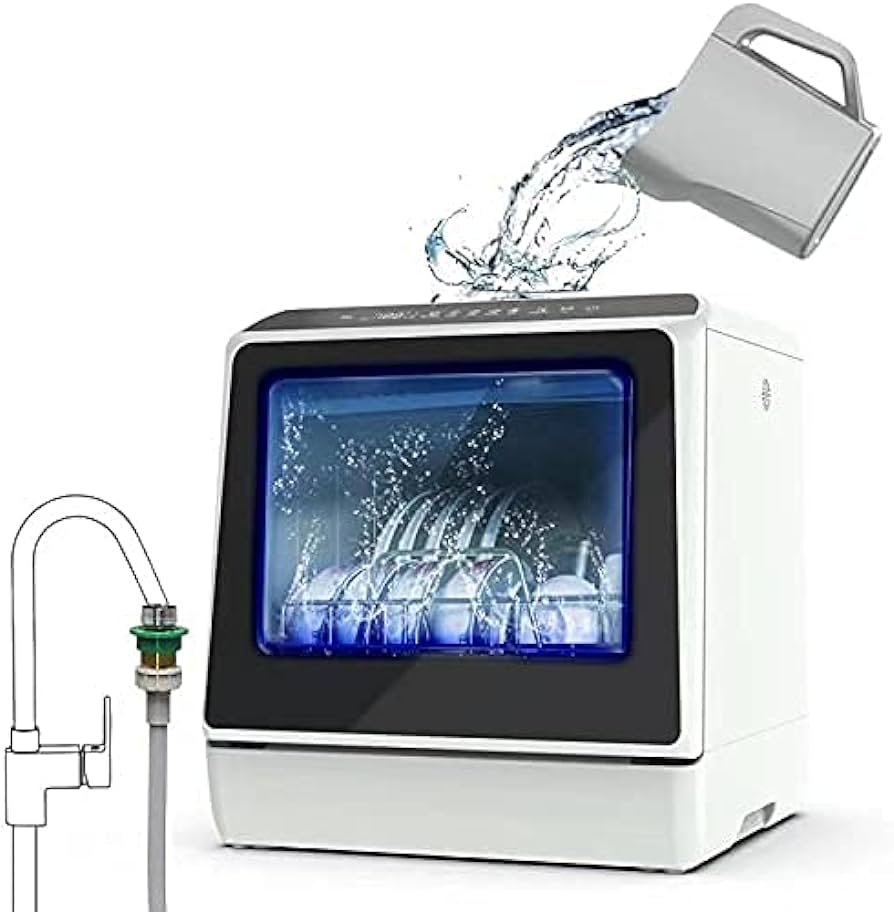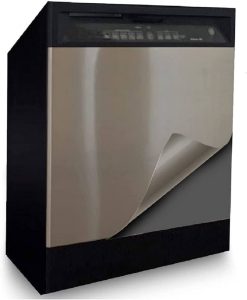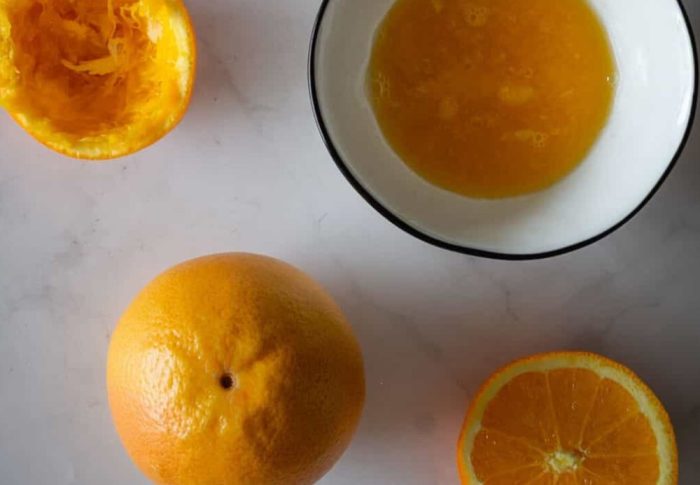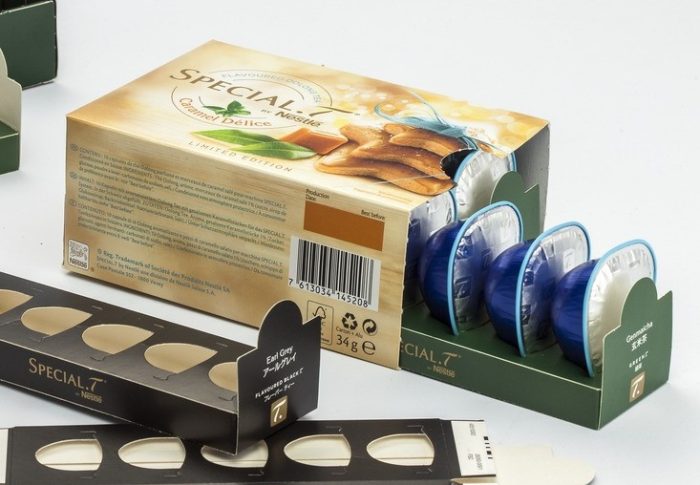
Why does Tupperware go orange in dishwasher?
Introduction
Discovering that your Tupperware has turned orange after running it through the dishwasher can be frustrating. This discoloration can occur due to various reasons, including the type of food stored in the container, the material of the Tupperware, and the dishwasher’s cleaning process. In this guide, we will explore the possible causes of Tupperware turning orange in the dishwasher and provide specific information on how to prevent and address this issue. By understanding the underlying factors, you can maintain the appearance and quality of your Tupperware for long-lasting use.





Why does Tupperware go orange in dishwasher?
Staining from Food Residue
1.1. Tomato-Based Foods
One common cause of Tupperware turning orange in the dishwasher is staining from tomato-based foods. The high acidity and pigments in tomatoes can react with the plastic, leaving behind stains or discoloration. This can occur even if the Tupperware is thoroughly washed before being placed in the dishwasher.
1.2. Curry or Spices
Curry and certain spices, such as turmeric, can also cause staining in Tupperware. These ingredients contain natural dyes that can seep into the plastic, resulting in an orange or yellowish tint.
Material Composition
2.1. Polypropylene (PP)
Most Tupperware products are made from polypropylene (PP), a durable and heat-resistant plastic. However, certain food colors or pigments can bind to the PP material, leading to discoloration. PP is generally resistant to staining, but prolonged exposure to highly pigmented foods or improper cleaning can contribute to the orange discoloration.
Temperature and Dishwasher Detergents
3.1. High Temperatures
Exposing Tupperware to high temperatures in the dishwasher can cause the plastic to absorb colors or pigments from the food it contained. If the water temperature in the dishwasher is too high, it can accelerate this color transfer process and lead to orange discoloration.
3.2. Harsh Dishwasher Detergents
The chemicals present in certain dishwasher detergents can interact with the plastic, causing it to become discolored. Detergents that contain chlorine bleach or harsh abrasives can be particularly problematic, as they can react with the plastic and create an orange hue.
Prevention and Solutions
4.1. Pre-Rinse Tupperware
To minimize the risk of staining, it is advisable to pre-rinse your Tupperware before placing it in the dishwasher. This helps remove any food residues or pigments that could potentially cause discoloration.
4.2. Avoid Overheating
To reduce the likelihood of Tupperware turning orange, avoid using high-temperature settings in the dishwasher. Opt for cooler or eco-friendly cycles when cleaning your Tupperware to prevent excessive heat exposure.
4.3. Use Gentle Dishwasher Detergents
Choose gentle dishwasher detergents that are free from harsh chemicals, bleach, and abrasives. Mild detergents are less likely to cause a chemical reaction with the plastic, reducing the risk of discoloration.
4.4. Separate Staining Foods
If you frequently store tomato-based foods, curry, or spices in your Tupperware, consider using separate containers specifically designated for these types of foods. This minimizes the risk of cross-contamination and prevents the spread of pigments to other Tupperware items.
4.5. Treat Stains Immediately
If you notice any orange discoloration on your Tupperware, address it promptly. Soak the affected container in a mixture of warm water and baking soda, or use a mild bleach solution and scrub gently. Rinse thoroughly before placing it in the dishwasher for a regular cleaning cycle.
4.6. Hand Wash Stained Tupperware
If the discoloration persists or you are concerned about further damage, consider hand washing the stained Tupperware. Hand washing allows for more controlled cleaning and minimizes exposure to harsh dishwasher conditions.
Alternative Storage Options
6.1. Consider Glass or Stainless Steel Containers
If you find that your Tupperware consistently turns orange or you are concerned about potential discoloration, an alternative storage option to consider is glass or stainless steel containers. These materials are less likely to absorb colors or stains from food, providing a more durable and stain-resistant solution.
6.2. Silicone Storage Lids
Another option to prevent staining is to use silicone storage lids instead of plastic ones. Silicone is generally resistant to food stains and can help maintain the appearance of your Tupperware, even when exposed to pigmented foods.
How to Restore Discolored Tupperware
7.1. Baking Soda Paste
If your Tupperware has already turned orange, there are steps you can take to try to restore its original color. Make a paste using baking soda and water, and apply it to the discolored areas. Let it sit for a few hours or overnight, then gently scrub with a soft sponge or cloth. Rinse thoroughly and repeat the process if necessary.
7.2. White Vinegar Soak
Another option is to soak the discolored Tupperware in a solution of diluted white vinegar. Mix equal parts vinegar and water, place the Tupperware in the solution, and let it soak for a few hours or overnight. After soaking, scrub gently with a sponge or cloth, and rinse thoroughly.
7.3. Lemon Juice Treatment
Lemon juice can also be effective in removing stains from Tupperware. Squeeze fresh lemon juice onto the discolored areas and rub it in. Let it sit for a few hours, then rinse and wash the Tupperware as usual.
When to Replace Discolored Tupperware
8.1. Assessment of Physical Integrity
While discoloration may be unsightly, it does not necessarily indicate that the Tupperware is no longer safe for use. However, if the orange discoloration is accompanied by physical damage such as cracks, warping, or brittleness, it may be time to replace the Tupperware. Damaged Tupperware can compromise its functionality and food safety.
8.2. Persistent or Unsightly Stains
If you have tried the cleaning methods mentioned above and the discoloration persists or is visually unappealing, you may choose to replace the Tupperware for aesthetic reasons. It is important to use good judgment and consider whether the stains may affect your willingness to use the container for storing food.
Consumer Considerations
9.1. Research and Reviews
When purchasing new Tupperware, consider researching and reading reviews about the specific product or brand. Look for feedback regarding potential issues with staining or discoloration to help inform your decision.
9.2. Contact the Manufacturer
If you have concerns about the dishwasher safety or potential discoloration of a specific Tupperware product, contact the manufacturer directly. They can provide guidance on proper usage, cleaning methods, and any known issues with discoloration.
Do I need to reset the dishwasher to wash tupperware?
You do not typically need to reset the dishwasher to wash Tupperware or any plastic containers.
Conclusion
Tupperware turning orange in the dishwasher can be attributed to factors such as staining from pigmented foods, material composition, high temperatures, and harsh dishwasher detergents. To prevent and address this issue, pre-rinse your Tupperware, avoid overheating, use gentle detergents, separate staining foods, and treat stains immediately. Hand washing stained Tupperware can provide more control and minimize the risk of further discoloration. By implementing these preventive measures and employing appropriate cleaning techniques, you can maintain the appearance and quality of your Tupperware for extended use.






